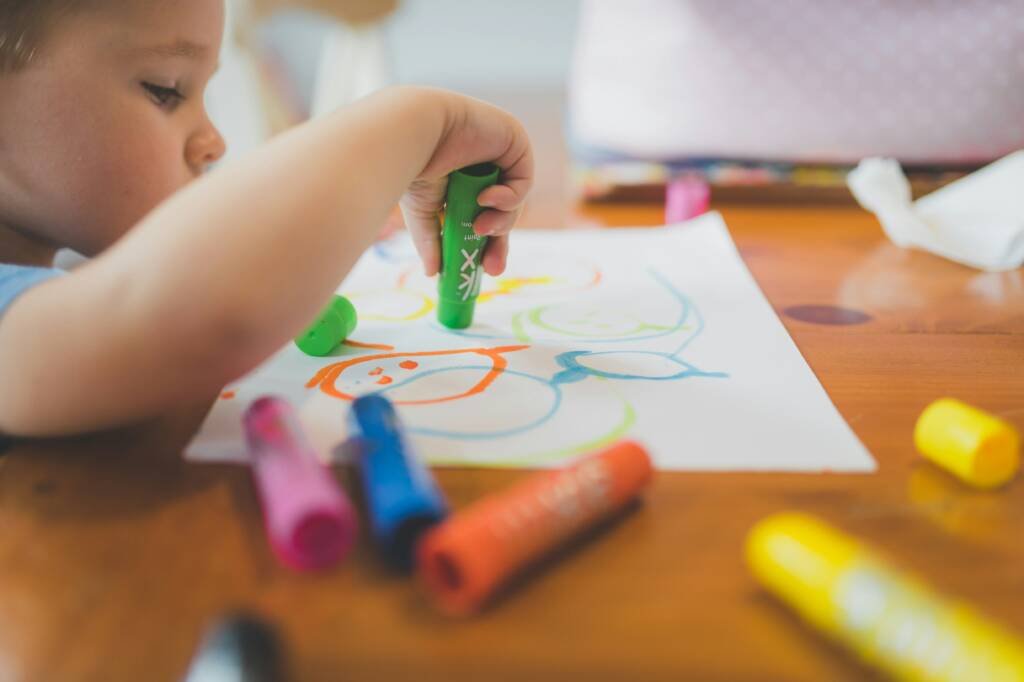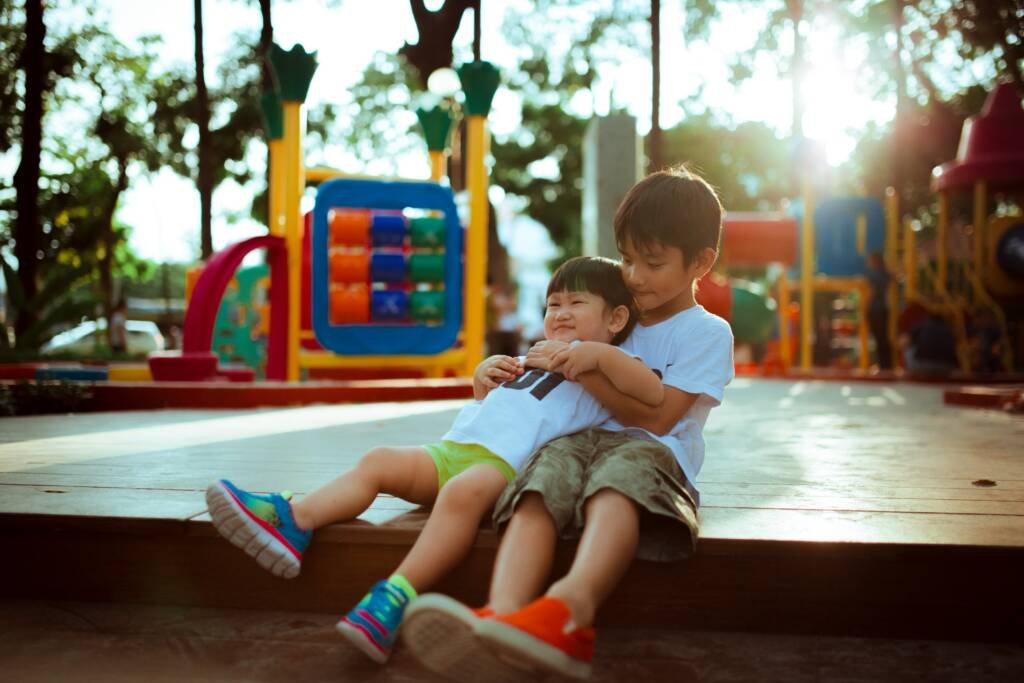Evaluating the Intangible: Character, Creativity, and Contribution in Education
In the quiet moments of a school day—when a child helps a peer without being asked, when a student dares to imagine something never seen before, or when a young voice speaks up for what is right—we witness the very heart of education. These moments don’t show up in report cards. They aren’t graded. But they are the soul of learning.
For too long, education has celebrated what can be counted—marks, medals, and measurable outcomes—while neglecting what truly counts: character, creativity, and contribution. Today, as the world grapples with complexity, uncertainty, and rapid change, it is not just what our children know that matters, but who they are becoming.
The Unmeasured is Often the Most Meaningful
We’ve mastered the art of assessing arithmetic, memorisation, and grammar. But how do we capture the courage to ask difficult questions? The empathy to stand in another’s shoes? The imagination to envision a better tomorrow? These qualities may not fit neatly into standardised rubrics, but they shape lives, communities, and futures.
The question is not whether we should assess these intangibles—but how can we afford not to?


Rooted in Indian Wisdom, Aligned with NEP 2020
India’s educational heritage never separated intellect from integrity. Ancient systems saw education as samskara—the shaping of the inner self, not merely the feeding of the mind. Learners were nurtured to grow in thought, expression, conduct, and contribution to society.
This vision finds renewed voice in the National Education Policy (NEP) 2020, which expands the purpose of education beyond academics to include ethical reasoning, aesthetic appreciation, civic duty, emotional resilience, and creative expression. It calls for learning that is holistic, integrated, and deeply human—where values are not taught as subjects but lived as experiences.
Can We Really Evaluate What We Cannot See?
Yes—if we shift our lens. Evaluating character, creativity, and contribution requires a more nuanced, layered approach. It’s less about ticking boxes and more about noticing, nurturing, and narrating growth. Here’s how we begin:
-
Reflective practices: Encouraging students to journal, discuss, and self-assess builds self-awareness and integrity.
-
Creative portfolios: Documenting artistic, literary, or design-based work showcases originality and risk-taking.
-
Peer and collaborative assessments: Structured feedback from peers fosters empathy, perspective-taking, and teamwork.
-
Community projects: Engagement in real-world challenges reflects a learner’s sense of responsibility and social impact.
-
Observation and narrative feedback: Teachers play a critical role in capturing subtle but powerful shifts—in attitude, resilience, leadership, or moral clarity.
These are not assessments of perfection. They are reflections of becoming.
From Performance to Purpose
What we choose to assess reveals what we value. If we assess only recall, children learn to remember. If we assess only results, they chase outcomes. But if we start to assess courage, kindness, curiosity, and creativity—they begin to live those qualities.
In this shift, education moves from performance to purpose, from compliance to contribution. It fosters learners who not only know their subjects, but understand themselves and their role in the world.
The Role of Educators and Institutions
Educators must move from being evaluators to witnesses and co-travellers in the learner’s journey. This requires time, empathy, and trust—but it’s also the work that makes teaching transformative. Institutions must create space for slower, deeper, and more authentic ways of seeing children—not just as students, but as thinkers, artists, leaders, and citizens in the making.
Reimagining Success
Success can no longer be defined by a scorecard. A learner’s ability to innovate ethically, lead empathetically, and contribute meaningfully will determine their real-world readiness. These are the capacities that shape a future that is not only smart, but wise; not only efficient, but just.
The Heart of Education
Character. Creativity. Contribution. These are not footnotes to education—they are its very foundation. When we begin to evaluate the intangible, we are not complicating assessment. We are elevating it. We are saying to every child: We see more than what you can memorise. We see who you are, and who you’re becoming.
Because the true purpose of education is not merely to prepare children for exams,
but to prepare them for life.
In the end, the most powerful outcomes of education are the ones that cannot be measured, only felt.



